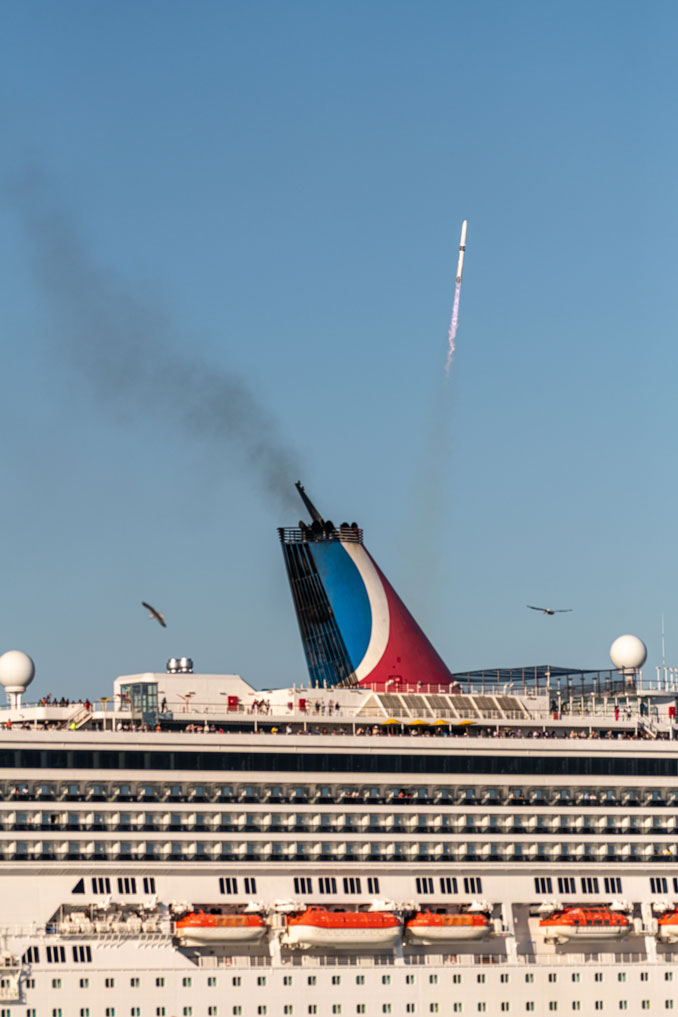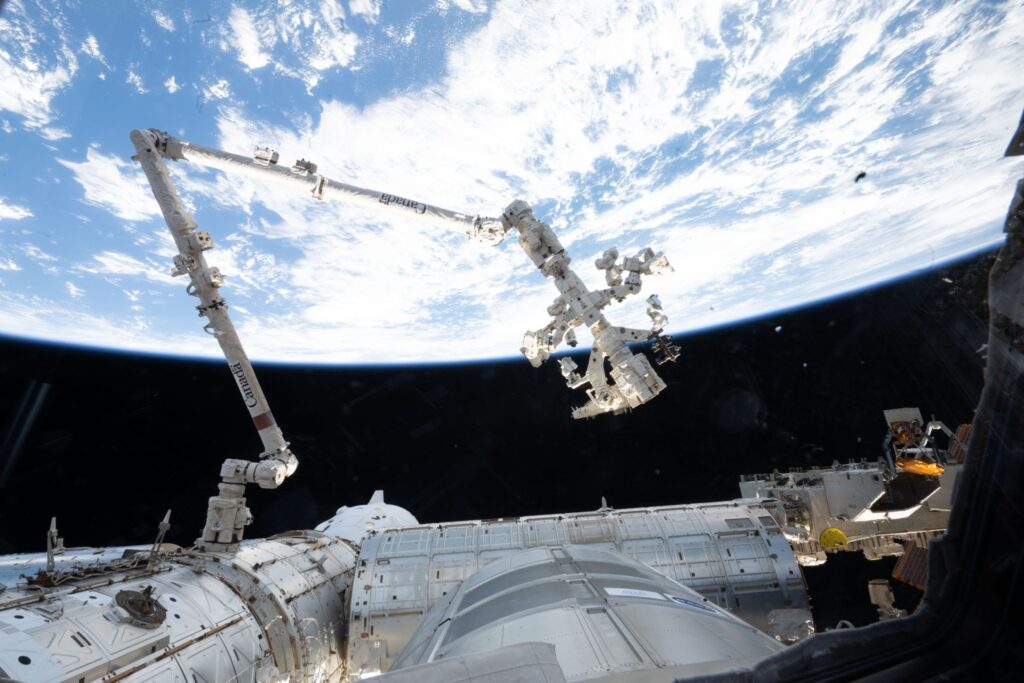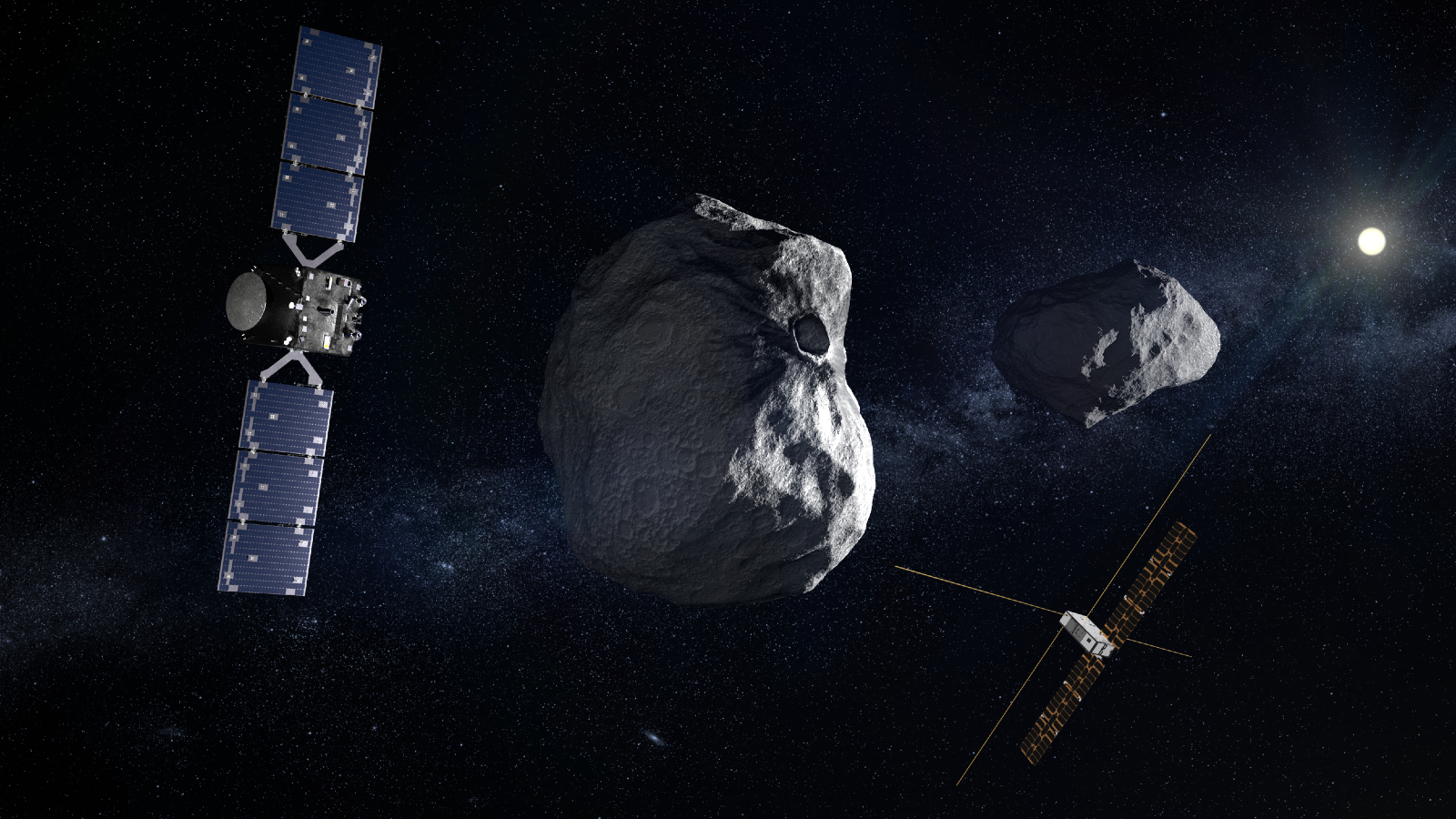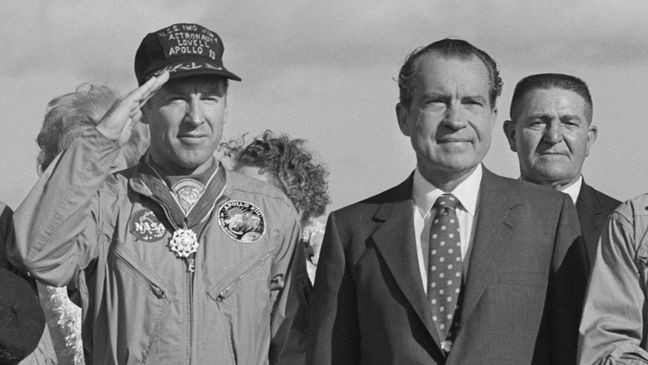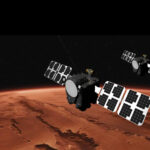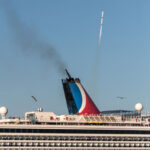Now Reading: Jim Lovell’s Enduring Legacy in Space Exploration
-
01
Jim Lovell’s Enduring Legacy in Space Exploration
Jim Lovell’s Enduring Legacy in Space Exploration
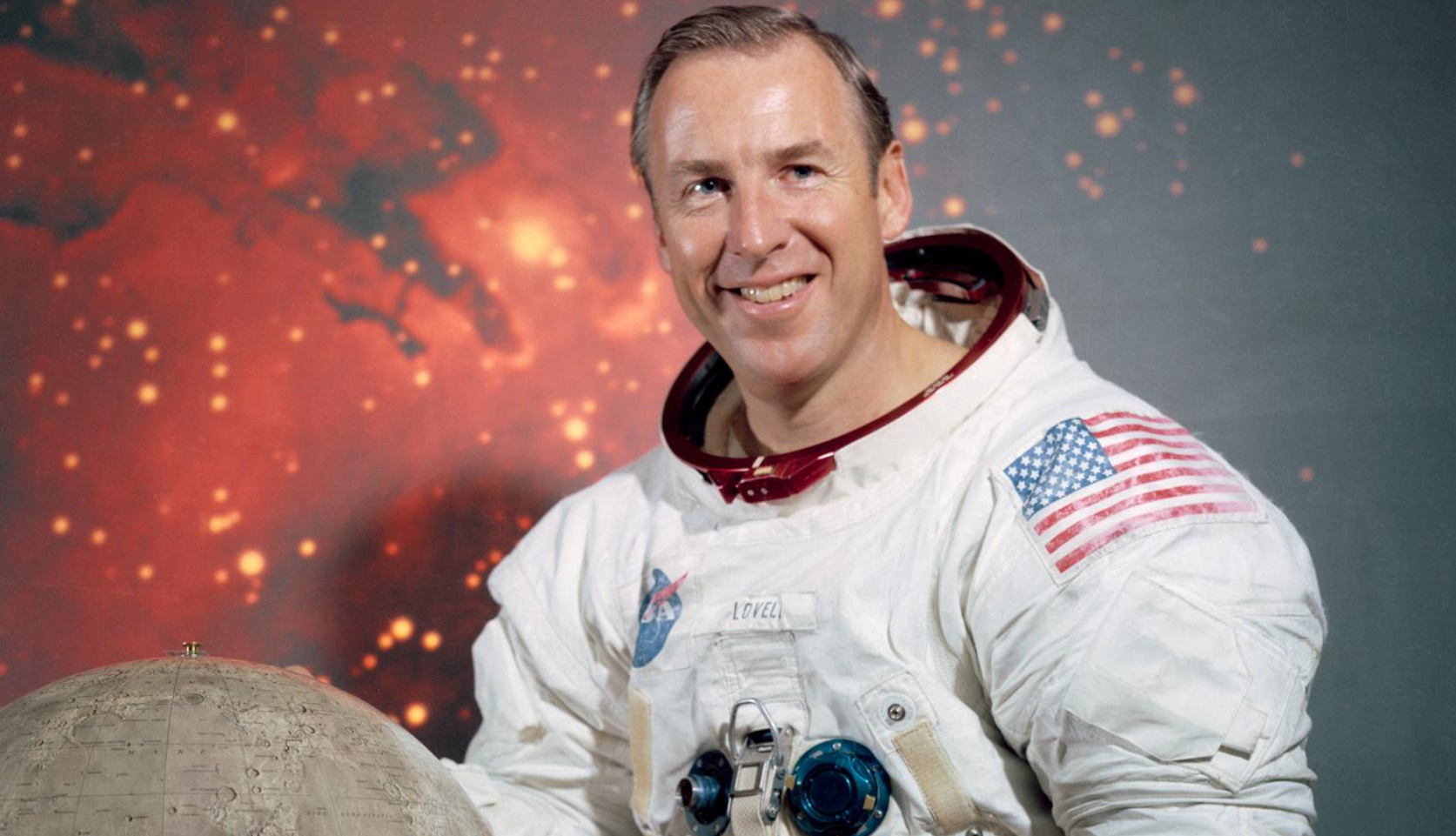

Jim Lovell’s legacy is woven into the very fabric of space exploration, representing an embodiment of courage, resilience, and leadership. His journey from a naval aviator to the legendary commander of Apollo 13 is a testament to the human spirit and its unyielding quest for discovery. Lovell’s career was marked by a series of groundbreaking achievements that set the stage for future generations of astronauts and aerospace leaders.
Born on March 25, 1928, in Milwaukee, Wisconsin, Lovell cultivated a love for aviation early in life. After graduating from the United States Naval Academy, he served in the Navy, where he accumulated extensive flight experience that would later inform his NASA missions. His transition from military aviation to space exploration was not merely a career shift; it was a calling to venture into the unknown. Lovell’s foray into the Gemini program, where he flew on Gemini 7 and 12, positioned him for the historic Apollo missions.
The Apollo 13 mission, which launched on April 11, 1970, is perhaps the most defining moment of Lovell’s career. While the mission was intended to land on the Moon, it instead became a remarkable story of survival and ingenuity. After the oxygen tank explosion, Lovell’s leadership was instrumental in keeping the crew calm and focused on their survival. The quote, “Houston, we’ve had a problem,” became etched in history, encapsulating the gravity of their situation. Lovell’s ability to think critically under pressure enabled the crew to adapt successfully, using the lunar module as a lifeboat for life support and propulsion.
Lovell’s contributions extended beyond simply surviving a harrowing spaceflight; he helped pioneer safety protocols that have shaped modern aerospace design. The lessons learned from Apollo 13 fostered an array of improvements in spacecraft technology and mission planning, influencing how NASA approached future missions. His experience served as an example of the importance of teamwork and problem-solving in high-stakes environments.
In popular culture, Lovell’s story reached new heights with the release of the 1995 film Apollo 13, starring Tom Hanks. This portrayal not only reinvigorated public interest in space exploration but also ensured that Lovell’s story would inspire future generations. Lovell’s cameo in the film served as a reminder of his indelible mark on NASA’s legacy.
Throughout his life, Lovell was recognized with a high number of awards and honors that celebrated his contributions to space exploration. He received the Presidential Medal of Freedom and was inducted into the U.S. Astronaut Hall of Fame, solidifying his status as a national hero. But beyond the accolades, those who knew him described a man of humility and kindness, always willing to share his experiences and inspire others to chase their dreams.
Lovell’s impact on human spaceflight and exploration will continue to resonate. As we honor his legacy, we remember not only his extraordinary feats in outer space but also his unshakeable spirit and commitment to excellence. His story serves as a beacon for aspiring explorers, reminding us that with courage and perseverance, we can overcome the greatest challenges that lie ahead.
The Apollo 13 mission not only tested the resilience of its crew but also compelled NASA to re-evaluate and enhance its approach to crewed spaceflight. Following the explosion of the oxygen tank, the spacecraft faced numerous technical challenges that required quick thinking and ingenuity. Lovell, along with his crewmates Jack Swigert and Fred Haise, exemplified the tenacity required in space exploration. They demonstrated that survival is not merely a matter of being prepared for success, but also about adapting to unforeseen circumstances and maintaining morale under duress.
The ingenuity displayed during Apollo 13 has left an indelible mark on how NASA designs and conducts missions today. Engineers and flight directors extensively analyzed the incident, leading to significant changes in spacecraft safety protocols and engineering practices. For example, the redesign of the oxygen tank itself was a direct outcome, ensuring such an explosion would be far less likely in future missions. This incident highlighted the importance of redundancy in spacecraft systems and the need for rigorous testing before launches.
Lovell’s experience underscored the critical role of effective communication and teamwork during crises. The collaboration between the astronauts aboard the spacecraft and the teams on the ground remained essential to their survival. Lovell often emphasized the importance of maintaining open lines of communication, fostering a culture of trust, and encouraging input from all team members—traits that remain vital in today’s aerospace endeavors.
The influence of Apollo 13 extended beyond technical improvements; it reignited public interest in space exploration during a pivotal time. The crisis showcased the extraordinary capabilities of human ingenuity and resilience. Reports of the crew’s predicament captivated the nation, and audiences held their breath, united in their hope for a safe return. This emotional connection laid the groundwork for increased funding and support for NASA’s subsequent missions, ultimately leading to the successful Apollo 17 mission, which marked the last manned lunar landing to date.
Moreover, Lovell’s leadership during the Apollo 13 crisis inspired various educational initiatives aimed at promoting STEM (Science, Technology, Engineering, and Mathematics) fields among young people. Programs inspired by Lovell’s story encourage students to embrace challenges and think critically, reinforcing that science and exploration are accessible to anyone with curiosity and determination. Educators use Apollo 13 as a case study in problem-solving and teamwork, illustrating the real-world applications of scientific principles.
In the context of popular culture, the portrayal of Lovell and the Apollo 13 mission in the film not only served as entertainment but also played an educational role, enlightening audiences about the complexities of space travel and the importance of perseverance. The film brought the narrative of Apollo 13 into homes worldwide, ensuring that the lessons learned during the incident were shared across generations. Lovell’s final scene in the film, where he quietly observes the mission’s trajectory from a distance, resonates profoundly as a testament to the calm and professional demeanor that guided the crew through one of humanity’s most significant technological challenges.
As missions like the Artemis program prepare to return humans to the Moon and beyond, the spirit of Apollo 13 and the legacy of Jim Lovell continue to guide aspiring astronauts and engineers. The profound insights gained during that mission serve as essential reminders of the importance of preparation, adaptability, and courage in facing the unknown. Lovell’s remarkable journey exemplifies how humanity can rise above adversity, transforming potential failure into a narrative of triumph and inspiration for all.
Stay Informed With the Latest & Most Important News
Previous Post
Next Post
-
 012024 in Review: Highlights from NASA in Silicon Valley
012024 in Review: Highlights from NASA in Silicon Valley -
 02Panasonic Leica Summilux DG 15mm f/1.7 ASPH review
02Panasonic Leica Summilux DG 15mm f/1.7 ASPH review -
 03How New NASA, India Earth Satellite NISAR Will See Earth
03How New NASA, India Earth Satellite NISAR Will See Earth -
 04And Thus Begins A New Year For Life On Earth
04And Thus Begins A New Year For Life On Earth -
 05Astronomy Activation Ambassadors: A New Era
05Astronomy Activation Ambassadors: A New Era -
06SpaceX launch surge helps set new global launch record in 2024
-
 07Space Force plans new ‘Futures Command’ amid pressure to speed up modernization
07Space Force plans new ‘Futures Command’ amid pressure to speed up modernization













